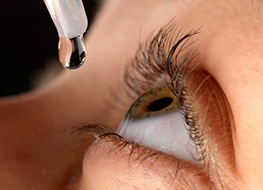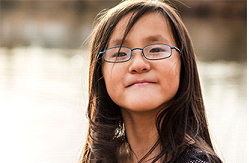Atropine eye drops

Atropine Eye Drops
Atropine eye drops have been used for myopia control for many years, with effective short-term results.
Who is ortho-k for?
Results of studies of atropine eye drops to control myopia progression have been impressive — at least for the first year of treatment. Four short-term studies published between 1989 and 2010 found that atropine reduced myopia progression by 81 percent in nearsighted children. However, additional research has shown that the myopia control effect from atropine does not continue after the first year of treatment, and that short-term use of atropine may not control nearsightedness significantly in the long run.
Orthokeratology
Orthokeratology is the use of specially designed gas permeable contact lenses that are worn during sleep to temporarily correct vision problems so glasses and contact lenses aren’t needed during waking hours.
Some eye doctors use “ortho-k” lenses to also control myopia progression in children. Evidence suggests nearsighted kids who undergo several years of orthokeratology may end up with less degree of myopia as adults, compared with children who wear eyeglasses or regular contact lenses during the peak years for myopia progression.
Kids do look cute in glasses! But with the proliferation of ortho-k and other myopia control techniques, fewer kids may need eyeglasses for myopia in the future.

Multifocal contact lenses and eyeglasses
Multifocal contacts are special lenses that have different powers in different zones of the lens to correct presbyopia, nearsightedness or farsightedness .
But researchers and eye doctors are finding that conventional or modified multifocal soft contact lenses also are effective tools for myopia control.
Multifocal eyeglasses have also been tested for myopia control in children, but results have been less impressive than those produced with multifocal contacts.